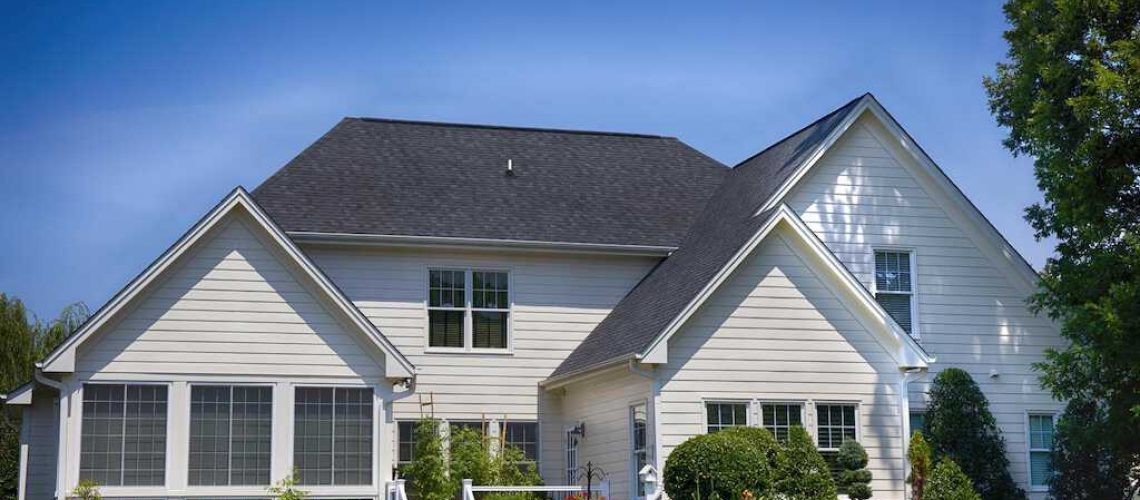Adding a new siding to your house can yield an average ROI of 76%, depending on the siding material used.
No matter how nice your house looks on the inside, damaged or old siding will deter buyers. Your property’s curb appeal will also be affected if the siding is in poor condition.
But how does new siding increase home value? And which siding materials should you consider for the greatest ROI? Learn more in this guide as you prepare for your next home improvement project:
How Does New Siding Increase Home Value?
The siding on your property acts as a protective fortress and makes your property look great. You can count on the siding to guard your home against fire, water, and pest damage. If the siding is in a poor state, you risk having mold on your property, deteriorated walls, and high energy bills.
As you plan to sell your home, one of the features that can help improve its curb appeal is the siding. It’s one of the things buyers look out for when deciding whether to purchase your property. Your listing may get fewer impressions if the siding is visibly cracked, dented, or faded.
While progressing to the last stages of selling a home, potential buyers will inquire about your utility bills. You stand a chance of attracting a better offer if your energy bills are lower. A new siding can help keep hot air in or out when needed to save energy bills.
ROIs for Different Siding Styles
Choose a siding material depending on the existing siding installed on your property. You may also upgrade to a different type of siding, though it will cost you more. Either way, here’s a breakdown of different siding styles and their ROIs:
1. Fiber Cement
Fiber cement is known to be insect-proof and durable, making it an excellent material for residential siding. It comprises wood particles, cement, and sand mixed for increased strength. You may consider this material if you want to upgrade from vinyl siding.
Fiber cement siding costs more per square foot to install, but it promises an ROI of about 83 percent. The material also comes in different color options depending on your tastes. It boasts a wood texture that can improve your home’s aesthetic appeal.
2. Vinyl
As one of the most popular and appealing siding materials for homes, vinyl siding comes in various color options. It is also easy to install and is available at different price points. You may opt for a higher-end type to improve your property’s value.
While it is prone to fading and weather damage, vinyl boasts an ROI of up to 75 percent. The installation costs per square foot are also lower.
3. Veneer, Faux, or Manufactured Stone
If you want to add a more artificial look to your home’s exteriors, you may opt for stone imitations. They will help you achieve the stone look on a budget. However, you will be sacrificing durability for a low price if you choose veneer and faux siding.
Go for manufactured stone if you want an environmentally resistant option. Besides being affordable, it is built from concrete. Expect an ROI of about 97.1 percent with this siding material.
4. Aluminum
As one of the oldest siding materials, aluminum is long-lasting, recyclable, and durable. Though it’s stronger than vinyl, it is quite light compared to steel, making it cheaper and easier to install.
You can even repaint your aluminum siding to improve its curb appeal if it’s in good condition. This is because the material is prone to discoloration and fading. On the bright side, it delivers an ROI of 77 percent.
5. Wood
Wood siding will be a perfect option if you want to add a natural, rustic feel to your home. However, it requires frequent maintenance to prevent pest damage and rot. The installation costs per square foot are also affordable, depending on the type of wood.
When used as siding, wood can yield an ROI of 77 percent. The return on investment can be higher if you opt for engineered wood, which costs less to install. It may also be lower if you choose more expensive woods, such as cedar.
6. Natural Stone
Stone has always been a building material of choice for centuries, thanks to its durability. It can also stay cool in extremely hot weather as a siding material. It is also readily available and can improve your property’s curb appeal.
On the downside, stones are expensive, heavy, and difficult to replace when damaged. Due to their unique characteristics, you need the help of a professional mason to install the stone siding. Expect an average ROI ranging from 60 to 70 percent with this siding material.
7. Stucco
As one of the most expensive siding materials on this list, Stucco boasts an ROI of 70 to 75 percent. It can also last for more than 50 years.
On the downside, this material doesn’t respond well to wet conditions and can develop cracks. The cracks are easy and affordable to fix as soon as they develop. You must apply a proper sealant to prevent water from seeping through your walls.
The installation costs per square foot range from $6 to $14. Despite these costs, the material requires little maintenance and is resistant to fires and pests. It can also offer great insulation to your home.
Hire a Reliable Siding Contractor Today
We hope this guide answers the question, “does new siding increase home value?” New siding can attract potential buyers if you plan to sell your home.
It can also lower energy costs and protect your property from harsh weather. Choose a siding material depending on your budget and aesthetic needs for the greatest ROI.
Turn to Freeman Exteriors for your siding, roofing, and window installations. We strive to maintain higher workmanship and quality standards in the areas of Champaign and Danville, IL. Get a free siding installation estimate today to get started with our services.




